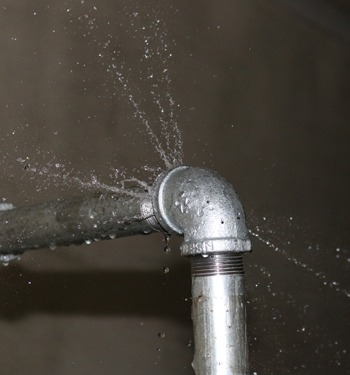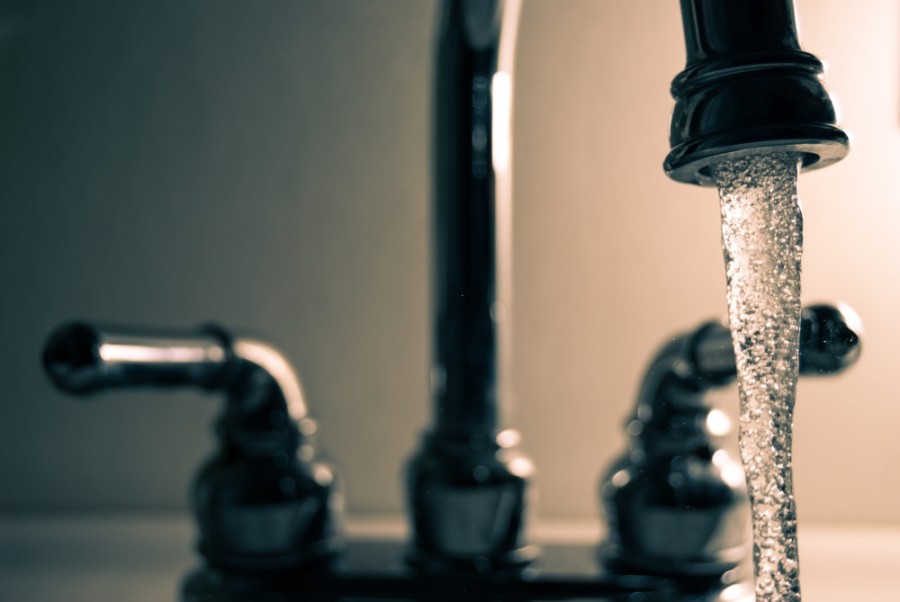What're your ideas with regards to How to Install and Connect a New Dishwasher?

A burst pipe is a significant emergency; you can just stand as you watch water you pay very much to rejoin with the planet. In worse situations, you see a pool on your kitchen floor, which is an excellent journey hazard, particularly if you have children around. If the pipe that ruptured remained in your wall surfaces, trouble: you may need to repaint that entire section.
Exactly how can a catastrophe like a ruptured pipeline be protected against and managed? Well, by listening to your professional emergency plumbing technicians and also adhering to these regulations.
How do I know when my pipes have burst?
Fluctuating water pressures
Pipes do not just burst in a day. You may have noticed that your kitchen tap or shower does not run quickly when you transform the tap. It might pause for a few seconds and after that blast you with more pressure than normal.
In various other circumstances, the water might appear normal at first, after that drop in pressure after a few seconds.
Contaminated water
Many people assume a burst pipe is a one-way outlet. Rather the contrary. As water drains of the hole or wound in your plumbing system, contaminants find their way in.
Your water may be contaminated from the source, so if you can, check if your water tank has any problems. However, if your drinking water is provided and also detoxified by the local government, you need to call your plumber quickly if you see or scent anything amusing in your water.
Puddles under pipelines as well as sinks
When a pipe bursts, the outflow forms a puddle. It might show up that the pool is expanding in size, and also regardless of the number of times you mop the pool, in a couple of mins, there's an additional one waiting to be cleaned up. Frequently, you may not have the ability to map the puddle to any kind of noticeable pipes. This is a sign to call a specialist plumber.
Damp wall surfaces as well as water stains
Prior to a pipeline bursts, it will certainly leakage, most times. If this persistent dripping goes undetected, the leakage may graduate into a vast wound in your pipeline. One very easy means to avoid this emergency is to look out for damp wall surfaces advertisement water spots. These water discolorations will certainly lead you right to the leakage.
Untraceable trickling noises
Pipe bursts can take place in one of the most undesirable places, like within concrete, inside wall surfaces, or under sinks. When the house goes quiet, you might be able to hear an aggravatingly consistent dripping sound. Even after you've examined your shower head and also kitchen area tap, the leaking might continue.
Beloved reader, the trickling may be originating from a pipe inside your wall surfaces. There isn't much you can do concerning that, except inform an expert plumber.
Turn up the Warmth
Establish followers to blow warm right into cold areas. Keep the garage door shut. If you have minimized water circulation, heat one of the most vulnerable pipes (normally in basements as well as crawl spaces or near exterior walls) with a hair clothes dryer. Leave the faucet on while you use heat. As you melt ice, the circulation will boost. To stop pipes from cold, insulate your walls.
Begin Removing the Water
Get hold of the wipe, containers and also a shop vacuum cleaner to start to remove the water because you absolutely don't desire it saturating into whatever else in your home. And also, a quick clean up will certainly reduce the possibilities of something getting musty.
What do I do when I detect a burst pipe?
Your water meter will remain to run also while your water wastes. To minimize your losses, find the primary controls and also turn the supply off. The water mains are an above-ground structure beside your residential or commercial property.
How to Fix & Detect a Leaking Pipe
How Do I Know if a Pipe is Leaking?
Leak detection tests can help you determine if your pipe has a leak. Even if you don’t see an apparent leak, you should still conduct leak detection tests regularly to save water and money—and prevent major damage to your home.
Water meter. It can be helpful to figure out what your usual water meter usage numbers are and then monitor them regularly. To monitor your meter, first, turn off all water faucets in your home. Check the meter and write down the numbers. In a few hours, check the meter again. If the numbers have changed, you have a leak. Water gauge. Use a water gauge to test your water pressure. Your showerhead should produce a certain amount of water pressure based on its model and design. If the pressure is lower than it is supposed to be for that specific showerhead, your home likely has a leak. Puddles. Look inside your bathroom, laundry, and kitchen sink cabinets. Puddles around the cabinets or around toilets, tubs, showers, and washing machines indicate the presence of a leaking pipe. You may also notice loose tiles, peeling or flaking paint, or mold caused by water accumulation. Napkin test. Even if you don’t see any puddles, you may still have a leak. You can test for water leaks in the bathroom, laundry, and kitchen by wiping below-sink connections with a napkin, paper towel, or piece of toilet paper. If it becomes damp, you probably have a leaking pipe under the sink. Discolored walls. Walls that are discolored—usually with brown or yellow stains—or bulging might mean that they have been impacted by water damage caused by a leaking pipe. Smell. A leaky pipe will create sitting water, and over time, that water may develop a musty smell. If your home smells musty, but you can’t locate the source, it may be due to a leak. Steps for Fixing a Leaking Pipe
A leaky drain can be remedied by tightening the pipe base, replacing the drain seal, caulking the rim, and tightening the pipe nut. Similarly, a leaking toilet pipe can be treated by tightening the packing nut. You may also need to replace the valve. A leaky faucet may just need tightening or replacement of the washers. If that doesn’t work, consider replacing your faucet. If your pipe has a hole in it, you may want to use a pipe leak sealer or pipe leak tape. This quick fix for water pipe leaks can also temporarily fix a copper pipe leak. https://www.ahs.com/home-matters/quick-tips/how-to-tell-if-pipes-are-leaking/

As a keen person who reads on How to Install and Connect a New Dishwasher, I figured sharing that segment was important. You should set aside a second to distribute this blog post if you enjoyed it. Bless you for your time. Please visit our blog back soon.
Need Help? Hire Us Now!